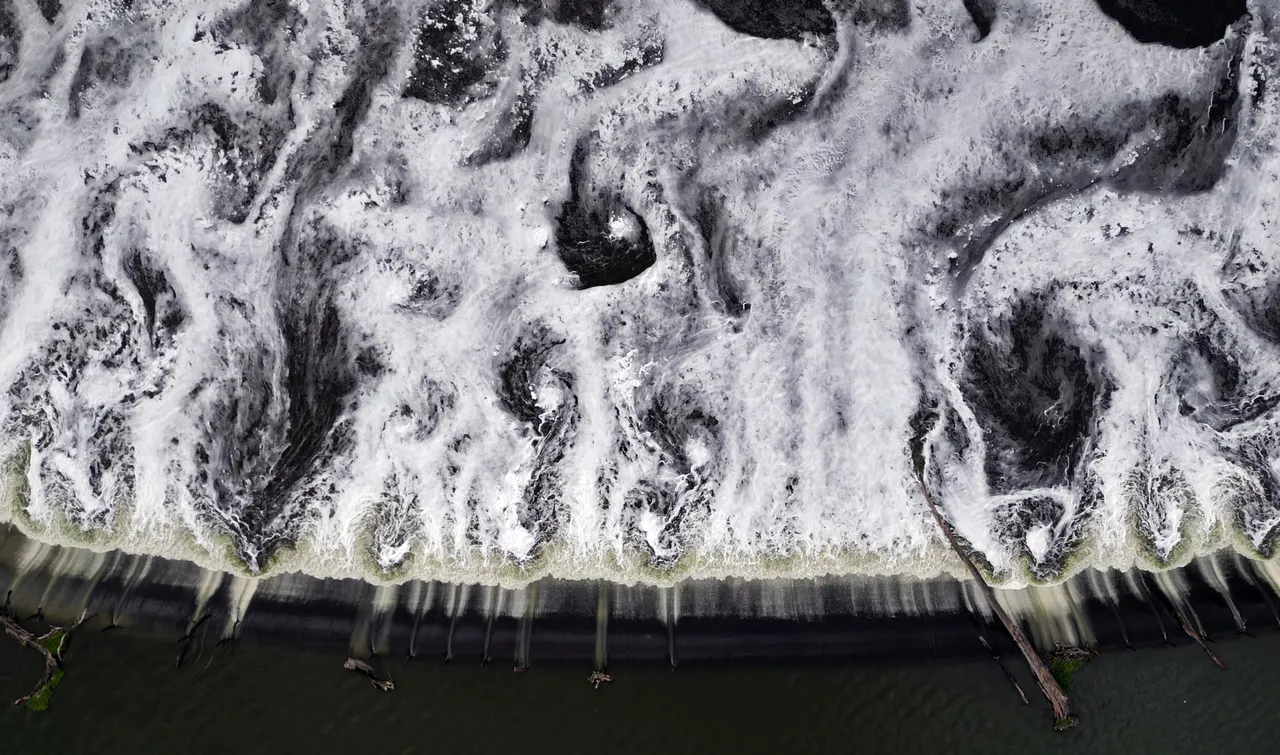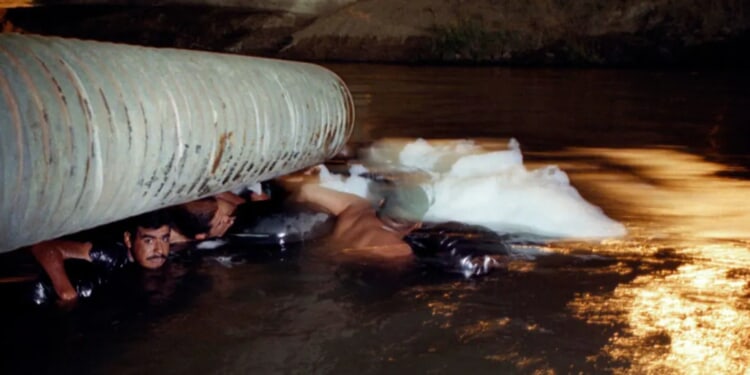Drains feeding Philadelphia’s rivers and creeks are bursting with raw, polluted sewage an average of 65 days a year, according to a report released Monday.
The PennEnvironment Research & Policy Center analysis says combined sewer overflows (CSOs) have dumped an average of 12.7 billion gallons of sewage-laced stormwater into local waterways each year from fiscal 2016 through 2024, rendering stretches of the Delaware and Schuylkill rivers — and creeks like Cobbs, Frankford and Tacony — unsafe for recreation for weeks at a time. Ten of the city’s 164 outfalls accounted for half the total volume, the group found. (RELATED: Massachusetts Town’s Sewage System Teeming With Cocaine, Report Finds)
“It angers but does not surprise me that my constituents [near Cobbs Creek] experience the highest volume of sewage overflows, and at this rate, PennEnvironment reports, it will take decades for rivers and creeks to be regularly clean,” Philadelphia City Councilmember Jamie Gauthier said, according to CBS News.

This aerial view shows sewage at the Endho dam, in Tepetitlan, Hidalgo state, Mexico on August 5, 2024. (Photo by ALFREDO ESTRELLA/AFP via Getty Images)
City guidance warns that when an outfall is spilling, nearby water is “unsafe for any type of recreation” and can remain that way for up to 72 hours after storms — meaning frequent CSOs can wipe out more than half the calendar for boaters and anglers.
Across the river, Camden County’s system averaged 76 overflow days per year over the same period, the report adds. While Camden doesn’t publish volume data, it does track the “solids/floatables” its nets collect — a grim proxy for what’s in the water.
Philadelphia officials have touted years of “Green City, Clean Waters” work, but PennEnvironment says raw discharges remain massive and persistent. The group’s interactive map highlights the worst outfalls and recreation sites hit most often, underscoring how routine rain still turns major stretches of the region’s waterways into open sewers.


![Scott Bessent Explains The Big Picture Everyone is Missing During the Shutdown [WATCH]](https://www.right2024.com/wp-content/uploads/2025/11/Scott-Bessent-Explains-The-Big-Picture-Everyone-is-Missing-During-350x250.jpg)














